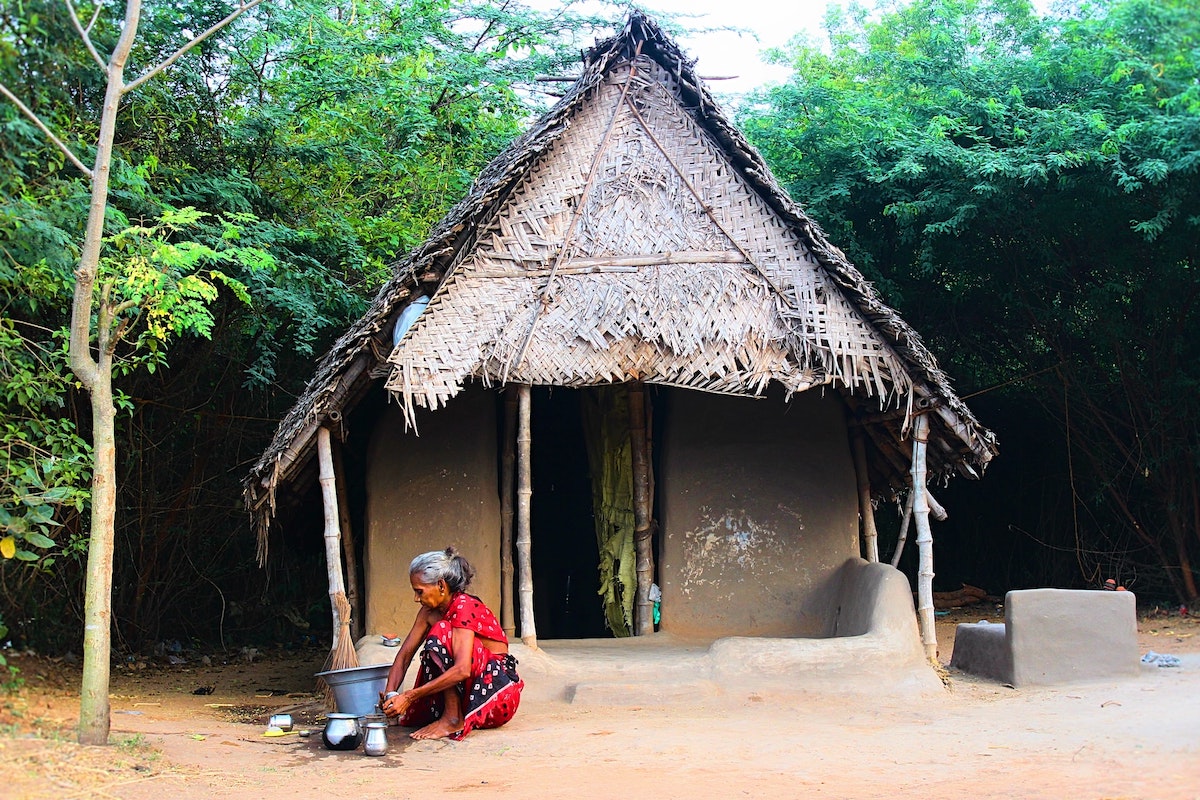- Authors: Aashish Gupta, Payal Hathi, Murad Banaji, Prankur Gupta, Ridhi Kashyap, Vipul Paikra, Kanika Sharma, Anmol Somanchi, Nikkil Sudharsanan, and Sangita Vyas
- Published in Science Advances
- Download paper
Abstract
Global population health during the COVID-19 pandemic is poorly understood because of weak mortality monitoring in low- and middle-income countries. High-quality survey data on 765,180 individuals, representative of one-fourth of India’s population, uncover patterns missed by incomplete vital statistics and disease surveillance. Compared to 2019, life expectancy at birth was 2.6 years lower and mortality was 17% higher in 2020, implying 1.19 million excess deaths in 2020. Life expectancy declines in India were larger and had a younger age profile than in high-income countries. Increases in mortality were greater than expected based on observed seroprevalence and international infection fatality rates, most prominently among the youngest and older age groups. In contrast to global patterns, females in India experienced a life expectancy decline that was 1 year larger than losses for males. Marginalized social groups experienced greater declines than the most privileged social group. These findings uncover large and unequal mortality impacts during the pandemic in the world’s most populous country.
Photo by Shruti Parthasarathy.

